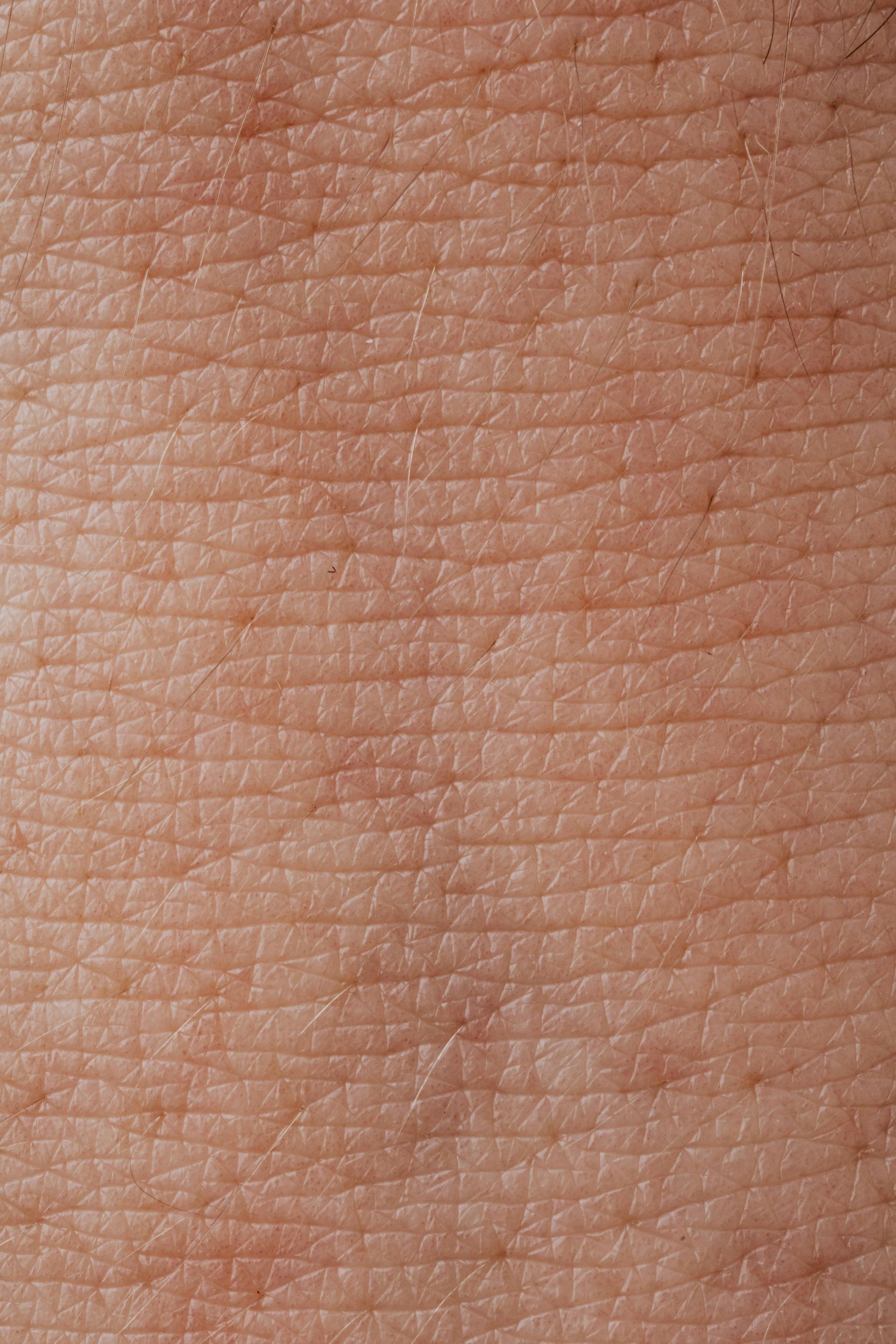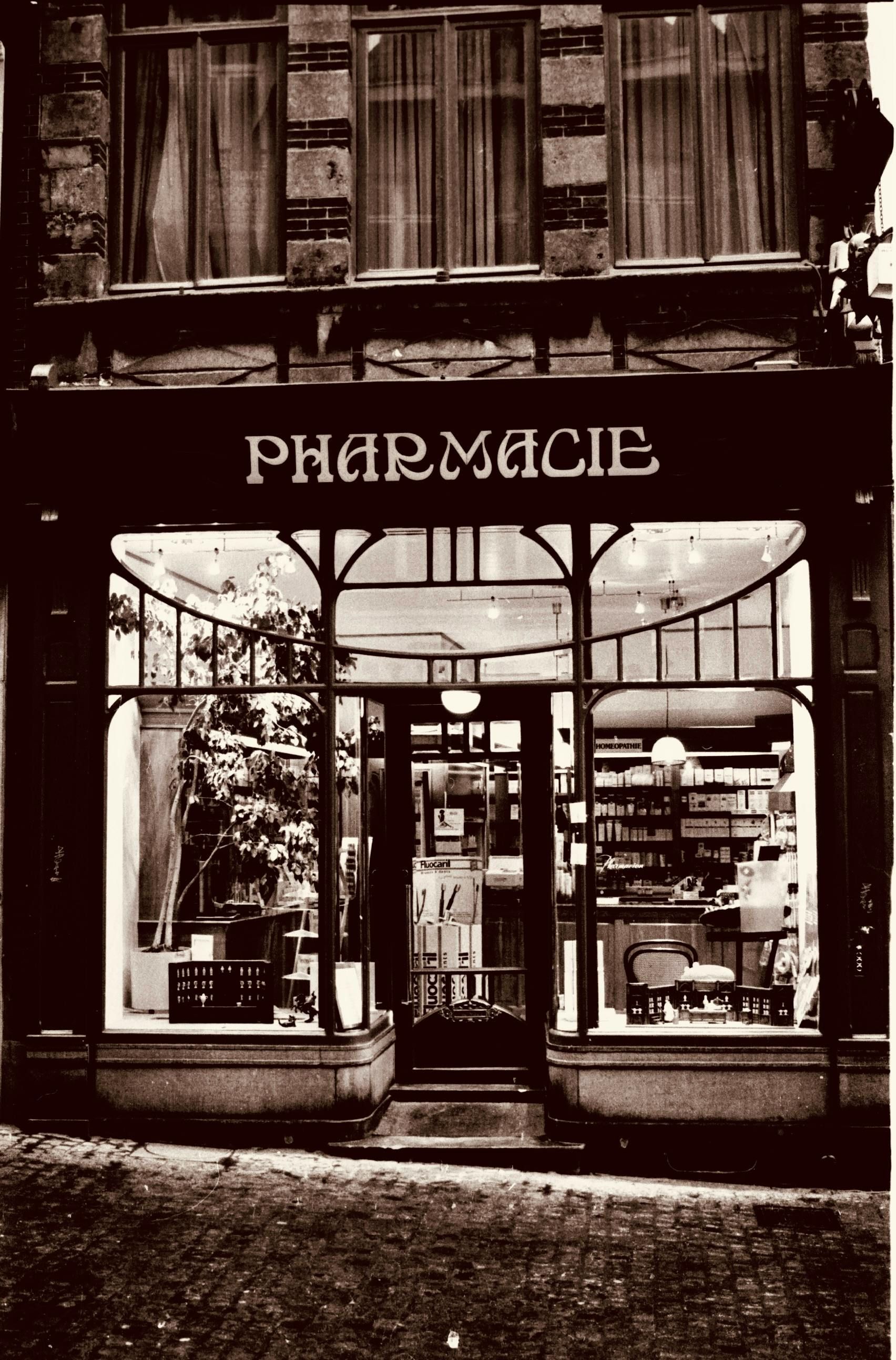MANAGEMENT: Dry skin
Cetomacrogol cream is a versatile, non-perfumed emollient that can act as both a gentle cleanser and an effective moisturizer, making it a convenient choice for people with sensitive or dry skin.
As a Shower Gel or Bath Product
1. Gentle Cleansing: Cetomacrogol can be used in place of soap, which often contains harsh detergents that strip the skin of its natural oils. It removes impurities and cleanses more gently. By cleansing without foam, it helps maintain the skin’s barrier and prevents further dryness or irritation.
2. Skin Barrier Protection: While washing, it leaves a thin protective layer on the skin, reducing water loss and shielding it from irritants.
As a Moisturizer
1. Hydration: It works by forming a protective layer on the skin surface, locking in moisture and preventing dehydration.
2. Soothing: Cetomacrogol is free from fragrances and common irritants, making it ideal for soothing dry, irritated, or eczema-prone skin.
How It Fulfills Both Roles
Cetomacrogol texture and non-foaming formula enable it to clean the skin gently while leaving behind hydrating and protective properties. As a moisturizer, the same properties work to deeply hydrate the skin, repair the barrier, and provide long-lasting softness. Using one product for both purposes simplifies your routine while ensuring your skin stays nourished and protected.
Pro Tip: After showering or bathing, apply a thin layer of Cetomacrogol to slightly damp skin to maximize hydration and lock in moisture.
Water, while essential for skin hydration, can paradoxically contribute to skin dryness. Here's why and how this happens:
1 . Disruption of Natural Oils
- Hot Water: Long exposure to water, especially hot water, strips away the skin's natural oils (sebum). Sebum forms a protective barrier that locks in moisture, and its loss can leave the skin more vulnerable to dehydration.
- Frequent Washing: Repeated washing with water, particularly when combined with soaps or detergents, exacerbates this effect by removing more oils. Some women in perimenopause feel that their smell has changed, and this can lead to more washing/showers.
2. Increased Transepidermal Water Loss (TEWL)
- After water evaporates from the skin's surface, it can draw moisture from the deeper layers of the skin. This process, called transepidermal water loss, leaves the skin feeling tight, dry, and dehydrated. This can increase in hot flushes.
3. Hard Water and Irritants
- Mineral Content: Hard water contains high levels of minerals like calcium and magnesium, which can react with natural oils and soaps to form residues that irritate and dry out the skin.
- Chlorine: Treated water (like in swimming pools) often contains chlorine, which further disrupts the skin barrier and depletes moisture.
4. Lack of Lipid Replacement
- Water alone doesn't replenish lipids or other essential components of the skin barrier. Without these, the skin becomes more prone to moisture loss after drying.
- How to Prevent Water-Induced Dryness
- Use Cetomacragol as a body wash: Using cetomacragol helps provide a protective barrier and decrease water loss
- Limit Hot Showers: Use lukewarm water and keep showers short.
- Moisturize Immediately: Apply a moisturizer after washing, while the skin is still damp, to trap water and replenish oils.
- Use Gentle Cleansers: Avoid harsh soaps and opt for soap-free or emollient-based cleansers.
- Soften Hard Water: If possible, use water softeners or rinse with purified water to reduce mineral buildup.
- By understanding these mechanisms, you can adjust your routine to ensure water supports hydration instead of contributing to dryness.
Itchy skin
Itchy skin occurs in 10-20% of women at perimenopause and menopause.



